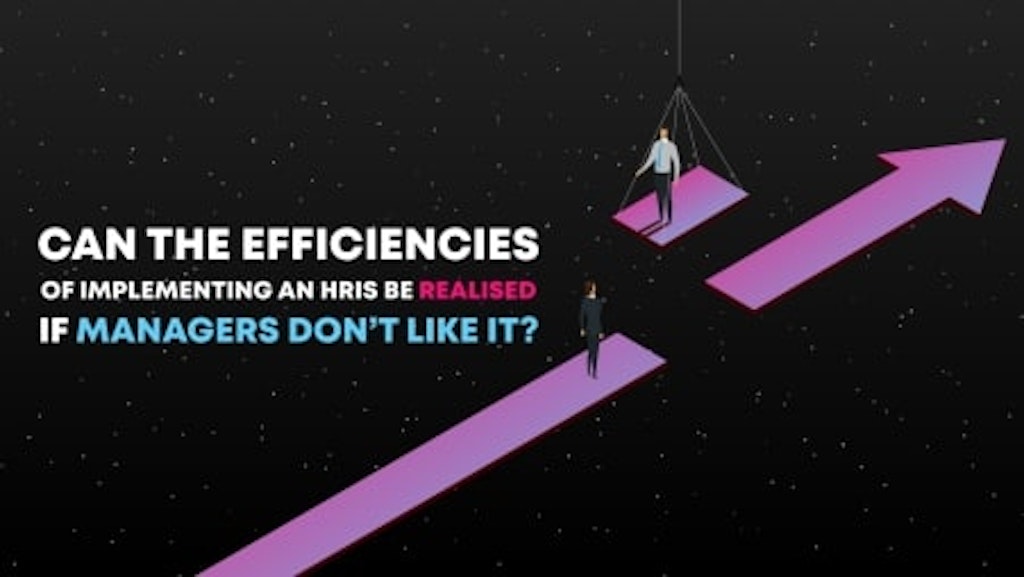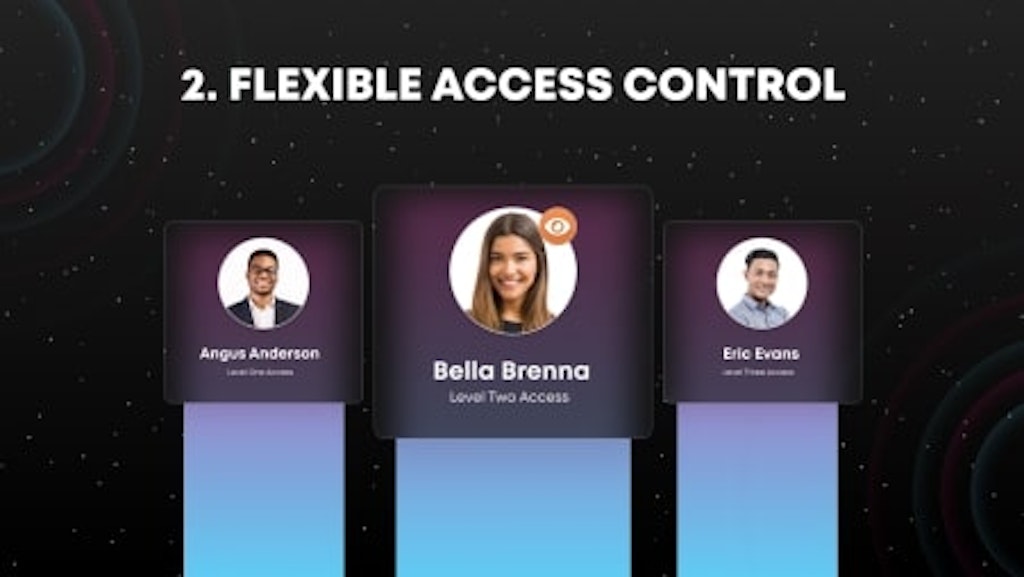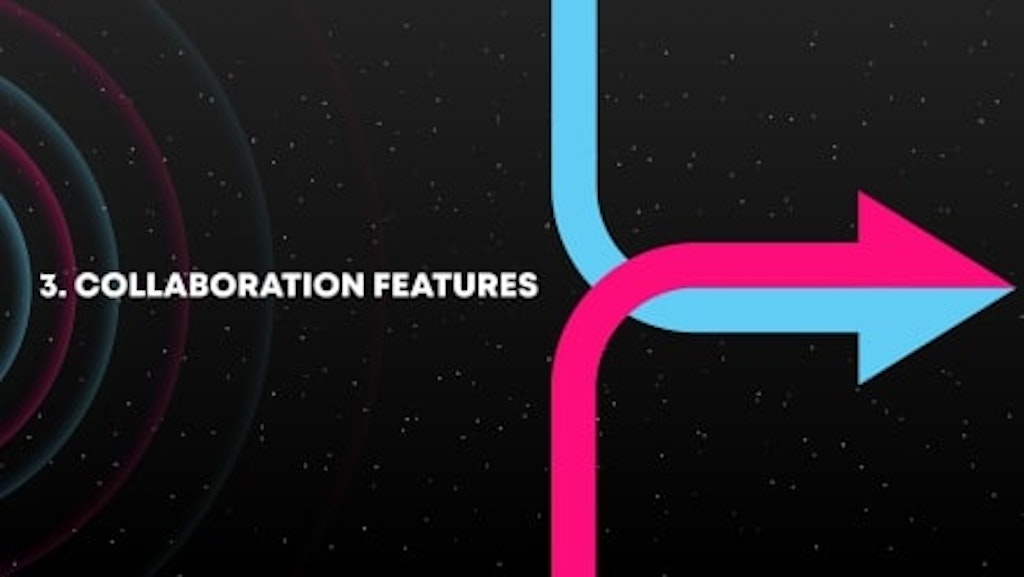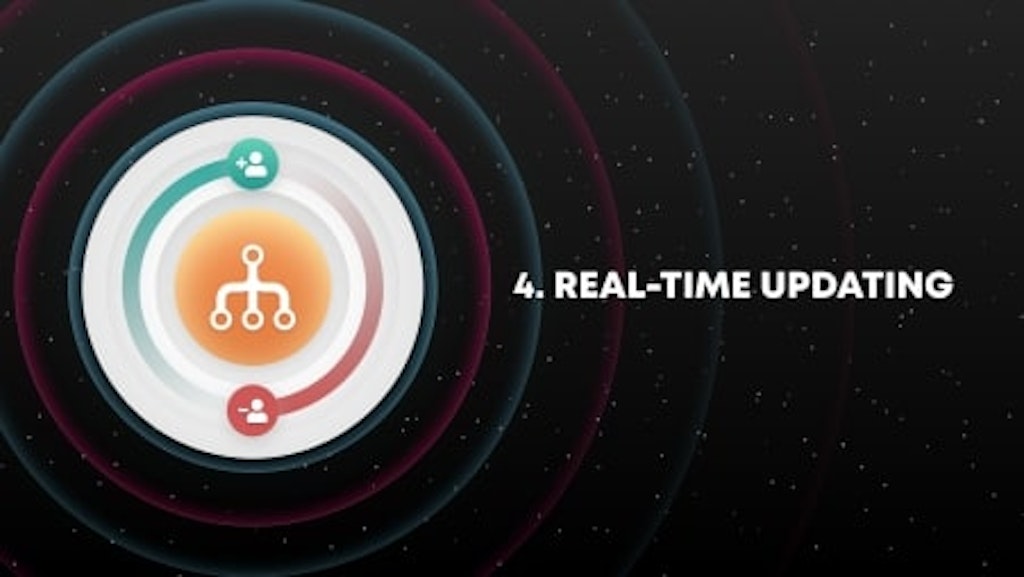Can the efficiencies of implementing an HRIS be realised if managers don’t like it?
Last updated on 1 December 2023

It sure sounds like a noble idea when a company introduces a human resources information system (HRIS) to remove the bottlenecks in Human Resources (HR). These bottlenecks we’re talking about are those thousands of requests flooding from managers to HR for affecting small changes to employment records of various employees.
And the idea here is that allowing managers to take things into their own hands and affect changes themselves, not only has the potential to create efficiencies worth millions, but also creates better experiences for the managers as it empowers them to make the changes they need, when they need them.
However, this noble idea will never turn into a reality if managers don’t like your HR software and stop using it, leaving its full potential unrealised.
So, let’s dive in and explore four essential features that would make an HRIS loved and accepted by the managers!
Intuitive interface

An intuitive HRIS interface makes a huge difference for managers who aren’t working with an implementation team to navigate and configure the system. A modern and sleek HRIS, such as Martian Logic, ensures that from the moment you log into the platform, you’ll instinctively know where to click and how to handle relevant tasks. This not only makes life easier for your hardworking HR team but also puts the power in the hands of managers. With minimal training, they can confidently navigate the platform and make changes without having to wait on HR every time.
To put this in perspective, imagine you manage a team and need to update the remuneration details for one of your employees. As you log into your HRIS platform, you’re welcomed by an intuitive interface that transforms the task into a pleasant experience. It’s so user-friendly and quick to affect that you’d prefer to handle it yourself, rather than passing it on to HR and waiting for them to make the changes.
This makes updating employment conditions a breeze, and the joy of using the platform will encourage managers to make it their go-to solution. That’s why it’s important to implement an HRIS with an intuitive interface – to ensure everyone can efficiently play their part, making the HR processes more seamless and streamlined.
Flexible access control

Navigating an HRIS as a non-HR professional can often feel like trekking through unnecessary clutter and irrelevant modules. The desire for a streamlined experience is universal, and that’s where flexible access control steps in to help. It allows you to tailor your HRIS experience, choosing who has access to what, and skipping the modules you don’t need.
For managers who want a clear, focused journey without stumbling into parts of the platform that don’t concern them, this customisable access control feature is the key. Plus, it helps to ensure security, making sure sensitive information stays only accessible to the appropriate users. With controlled access, you can customise your HRIS experience to fit the unique needs of your managers and HR teams, making it efficient and easy to navigate.
Collaboration features

Building a collaborative bridge between managers and the HR team is key for smooth HR operations, especially in areas like recruitment and onboarding. With an HRIS that empowers managers to actively and effortlessly participate in recruitment decisions, you’re not just filling positions; you’re bringing in individuals who resonate with both the role and unique team culture.
For example, the Applicant Tracking System (ATS) module in an HRIS ensures all candidate data is neatly organised within the platform. Managers can easily dive in, check out potential candidates, drop ratings, and provide feedback, while HR takes care of smooth processes. This collaboration and easy access to information make decision-making in the recruitment process sharper and more efficient. And that’s the kind of successful HRIS experience we’re talking about – one that makes jobs not just doable, but enjoyable for both HR teams and managers.
Real-time updating

Imagine how frustrating it can be when you’re working with, what you think is the latest version of a document, later to find out that a newer copy has been created. That’s why having an HRIS with real-time updating abilities is an absolute game-changer. As a manager, you want to stay up-to-date with changes to your organisation without having to wait for the HR team to fill you in. Having a platform that updates for you (to the second) will eliminate any unnecessary delays, ensuring you and the HR team are always on the same page. It’s like having a conversation in real-time, making collaboration smoother, and keeping everyone on top of the latest updates.
Key takeaways
In essence, for an HRIS to be successful in any organisation, it needs to create a tailored and simple experience that seamlessly integrates into daily routines and makes HR-related tasks a breeze. It’s a tool that should empower each member to take charge of their HR-related needs independently. So, from an intuitive interface that simplifies use, to collaboration features, real-time updates, and flexible access control – these elements are the key for an HRIS to be both accepted and embraced by executives and managers.
For more information, please visit: www.martianlogic.com